Visual Kei: Tokyo Fashion Subculture
Japan's Most Flamboyant, Androgynous and Theatrical Style
In this series, we will be exploring all the fashion subcultures that have made Japan the fashion powerhouse it is today. The popularity of the music genre, Visual Kei, went on to influence the start of a new fashion subculture with the same name. Today, it is considered to be one of Japan’s most unique and recognizable subcultures.
Short for ‘Visual Style’, Visual Kei is an alternative music and fashion movement defined as flamboyant, androgynous and theatrical. The aesthetic takes influences from international and Japanese glam rock and punk rock bands. Followers often have long dyed hair and wear heavy makeup and monochromatic outfits.
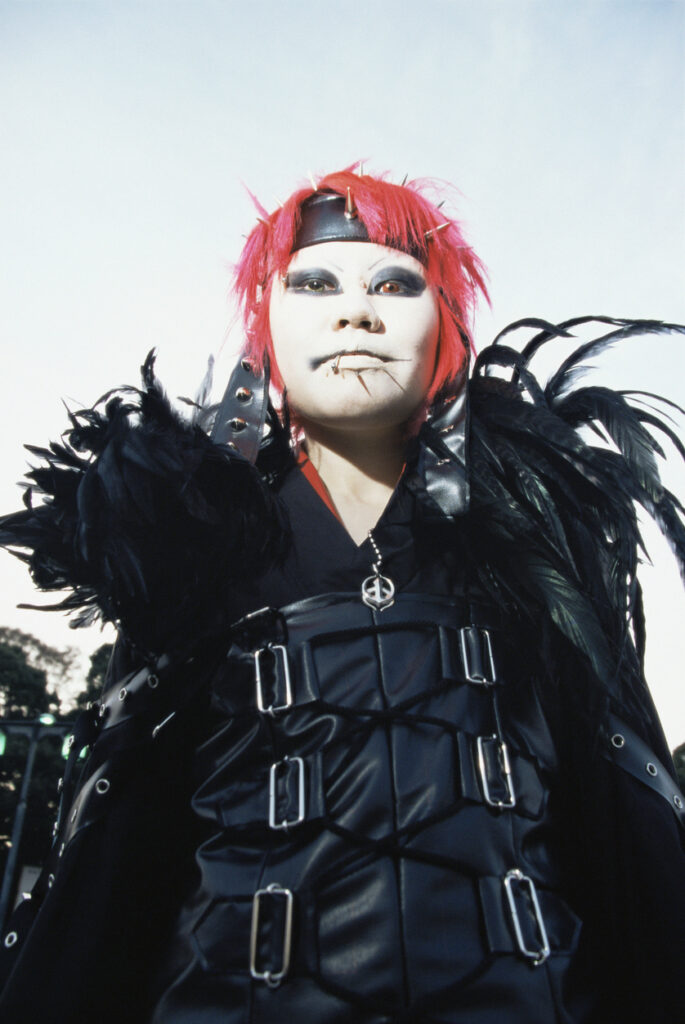 © Photo by iStock: Image Source
© Photo by iStock: Image SourceThere are quite a few subgenres within this subculture. The most common ones are Kote Kei, the most old-school one with a goth and punk feel, Erguro Kei, which features grotesque motifs, and Tanbi Kei, a style that is more influenced by Victorian and Rococo fashion.
Given the punk and goth influence, it is unsurprising that most of the clothing worn follows a darker scheme. Outfits will often include dark lace and feature goth motifs such as cobwebs, skulls and crosses. An excessive amount of studded accessories, piercings and platform shoes like Creepers and Doc Martens, are just as important as the outfit itself.
The key thing about the Visual Kei aesthetic is that although individual aspects may look slightly messy, such as teased hair and ripped materials, overall everything looks stylized and polished.
The History and Cultural Significance of Visual Kei
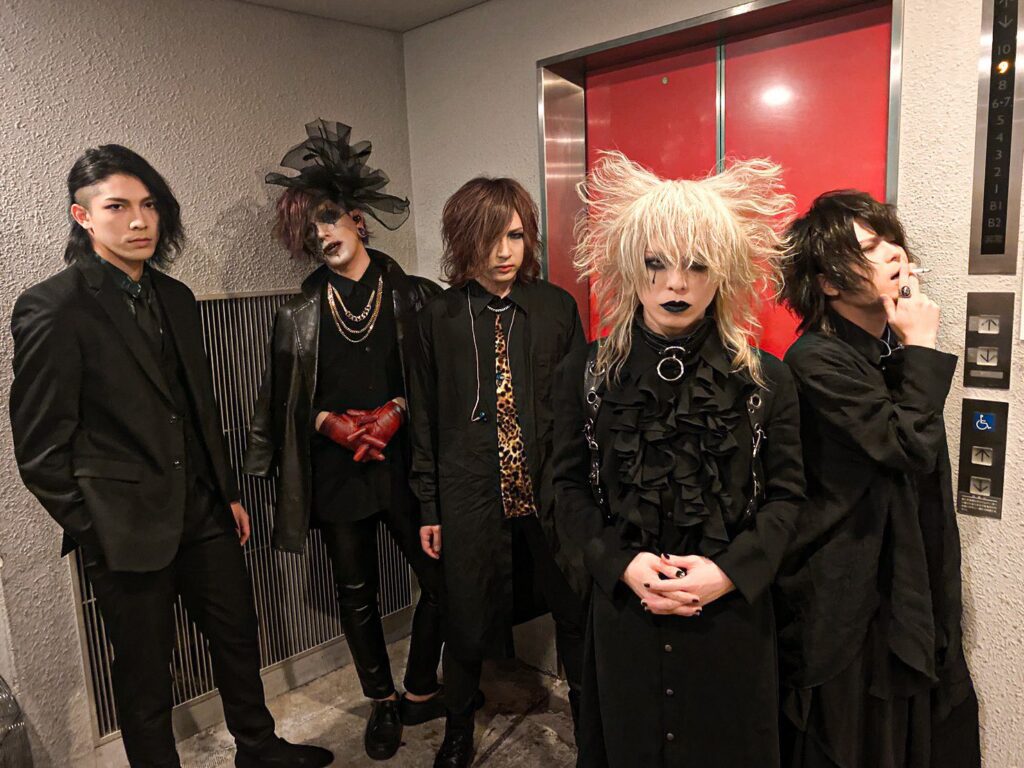 © Photo by Flickr: ジェンナ
© Photo by Flickr: ジェンナOriginating as an underground music scene during the 80s, Visual Kei can best be seen as Japan’s take on the rock genre. Having taken inspiration from the glam rock genre as well as pioneering artists like David Bowie and Queen, this subculture quickly went on to establish its own unique set of characteristics and by the 90s, the term Visual Kei was officially coined. Interestingly, what came to define the style was not the music itself but the visuals and performance. Those in Visual Kei bands had a certain look to them. They were more androgynous, having elaborate hairstyles and wearing stylized costumes.
X Japan is widely considered to have been the one that revolutionized the characteristics of the subculture. Their overall look was not only inspired by glam rock artists but also by the theatrics of Kabuki. The members wore dark eyeliner and sometimes face paint to create a look that blended aspects of the heavy-metal and glam-rock genres. Their hair, which was often dyed, long and teased to create immense volume, was also a talking point. Notably, each member had their own persona. They dressed slightly differently, adding to the dramatics of the overall aesthetic of the group. Many other influential Visual Kei bands, including Dir En Grey and Malice Mizer, played an important part in shaping this subculture.
Is Visual Kei Fashion Still Popular?
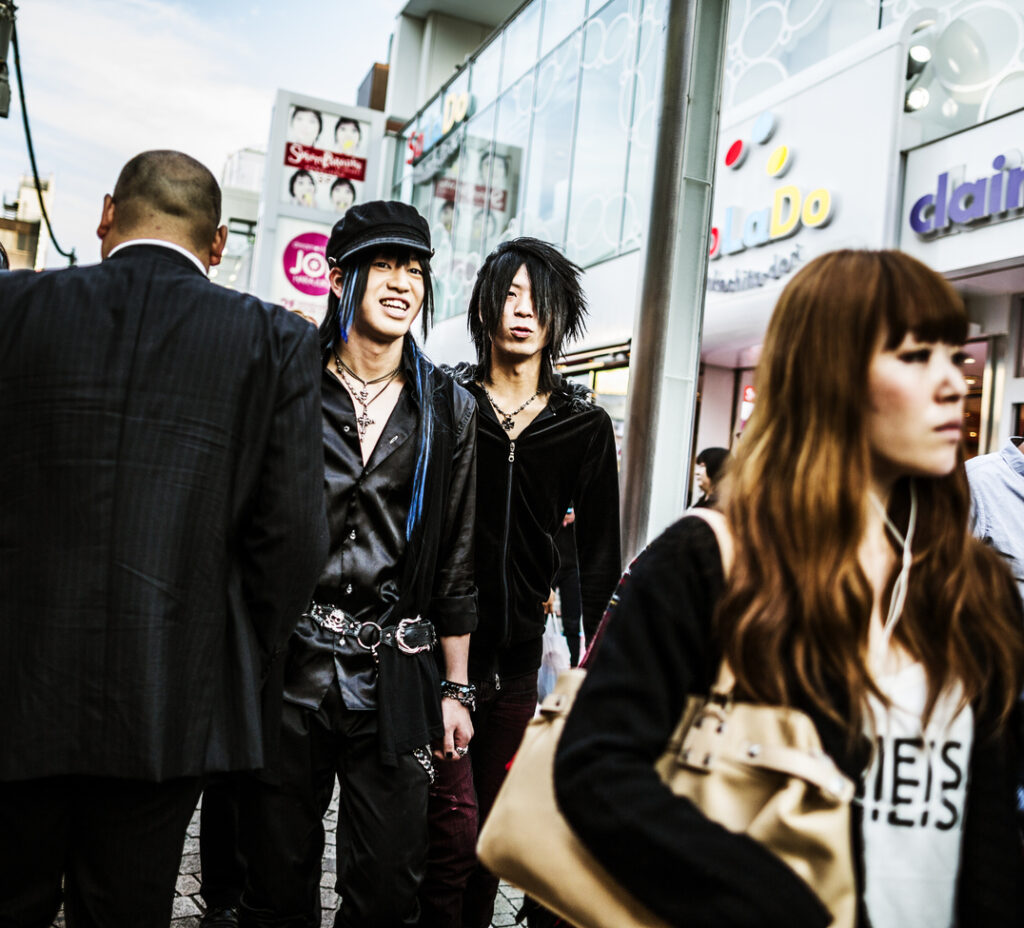 © Photo by iStock: aluxum
© Photo by iStock: aluxumThese days, Visual Kei bands don’t tend to be in mainstream media, meaning that the days of fans emulating the style of their favorite bands are more or so gone. Experiencing a slightly similar fate to the Shibuya Gyaru, the Visual Kei fashion subculture, peaked in the 2000s, a time which is seen as more carefree and a significant decade in terms of fashion.
All of this said, many of the once-popular Visual Kei bands still receive much love from their fans, showing how the legacy of this music movement has remained strong.
Where to Shop Visual Kei
Given the decline of the mainstream popularity of Visual Kei, there aren’t many specific shops left. In the last few years, there has been a noticeable decline in shops selling more general goth and punk goods in Harajuku and Shibuya—two of the main hubs for Tokyo’s famous fashion subcultures. However, there are a few places down Takeshita Street that you may want to try and scope out.
Boutique Takenoko
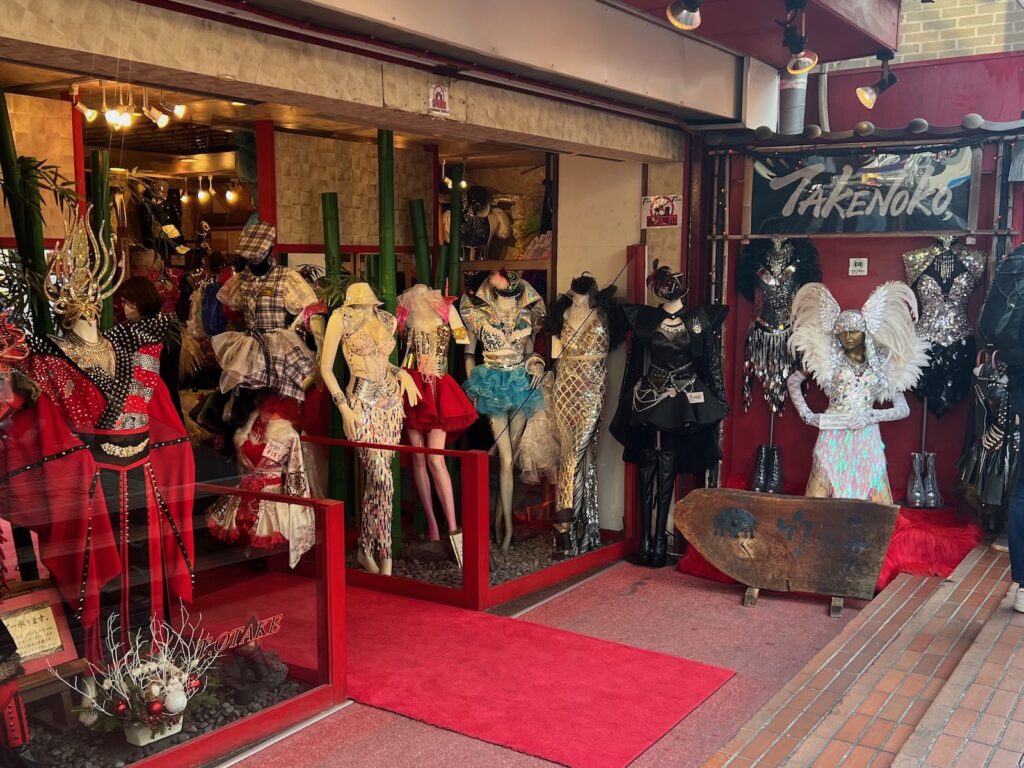 © Photo by Jane Pipkin
© Photo by Jane PipkinBoutique Takenoko has been in business on Takeshita Street for an impressive 43 years. They sell a variety of gothic and Lolita-style clothing, as well as stage costumes worn by celebrities like Lady Gaga. Rather extravagant, this shop is perfect for those who want to really commit to the Visual Kei aesthetic. With its colorful and show-stopping display, it is hard to miss. The store has an interesting history, which you can read more about in this Japanese interview.
Address: Takeshita Street Junes Building 1F, 1-6-15, Jingumae, Shibuya City, Tokyo
Yellow House
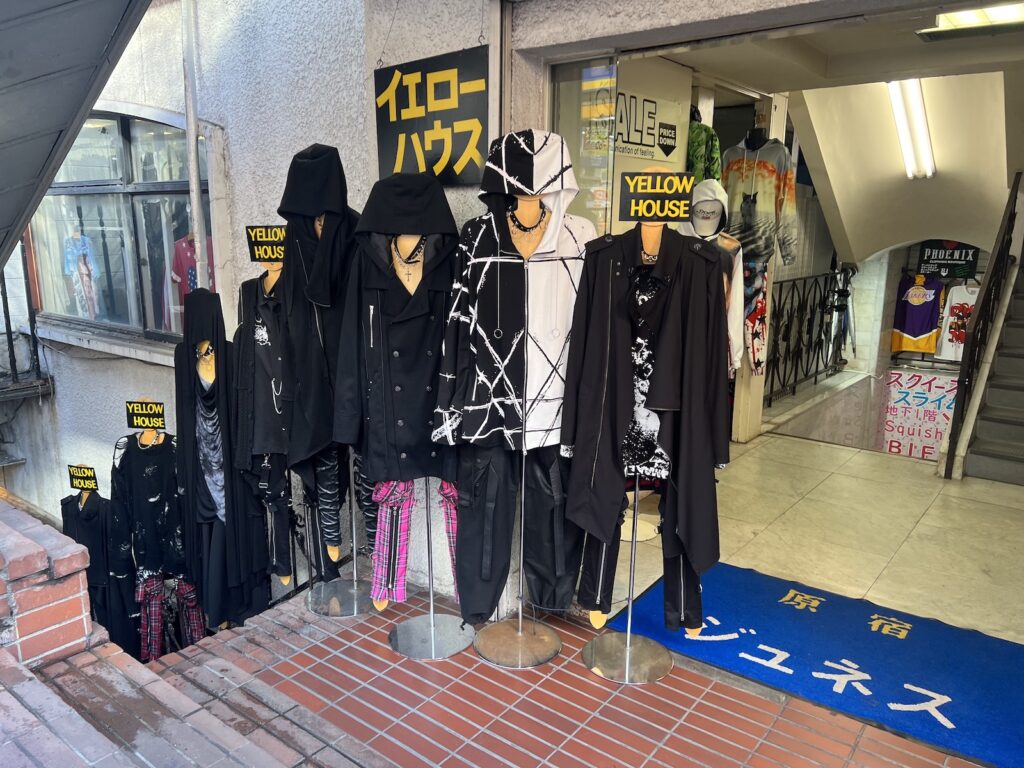 © Photo by Jane Pipkin
© Photo by Jane PipkinThis underground shop is a haven for Visual Kei fans. Selling a mix of goth, rock and punk-style apparel, which are slightly more casual in style, Yellow House is a great option for those who want to implement aspects of the style into their everyday wardrobe.
Address: 1-6-15 Jingumae, Shibuya City, Tokyo
Mo・mon
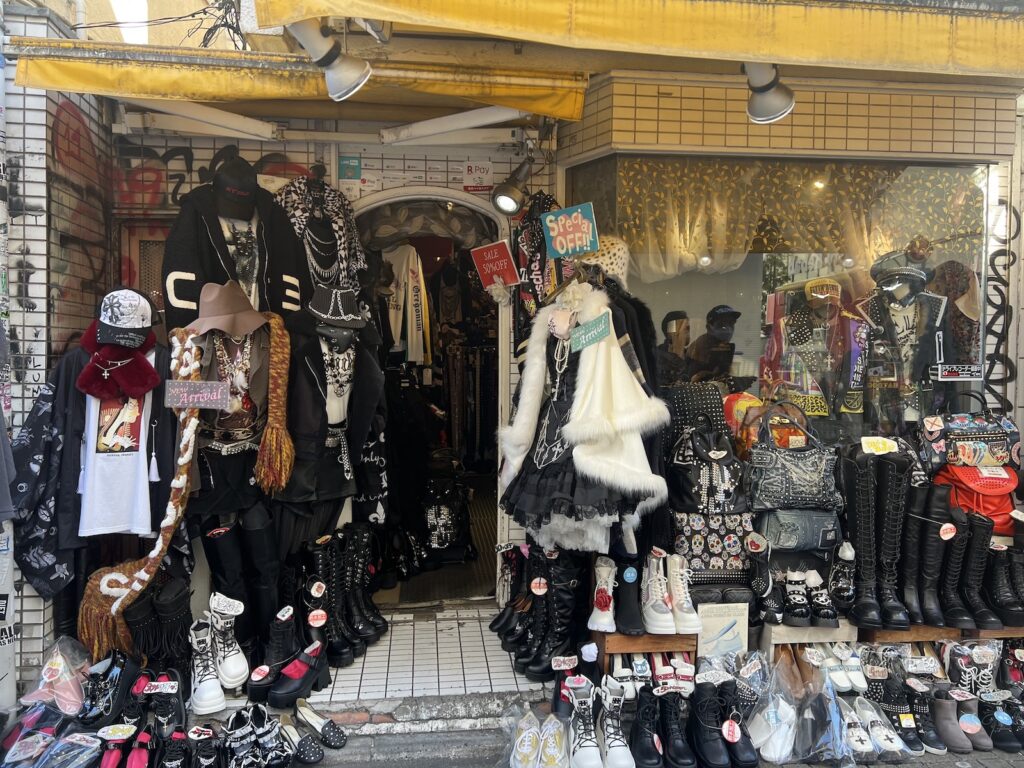 © Photo by Jane Pipkin
© Photo by Jane PipkinAlthough Mo・mon mostly sells a mix of styles and casual clothing, you will find some Visual Kei-esque items here. As of now, the outside of this small store is filled with goth and punk-style clothing which would work well in any Visual Kei-inspired outfit.
Address: 1-20-7 Jingumae, Shibuya City, Tokyo
Doc Martens
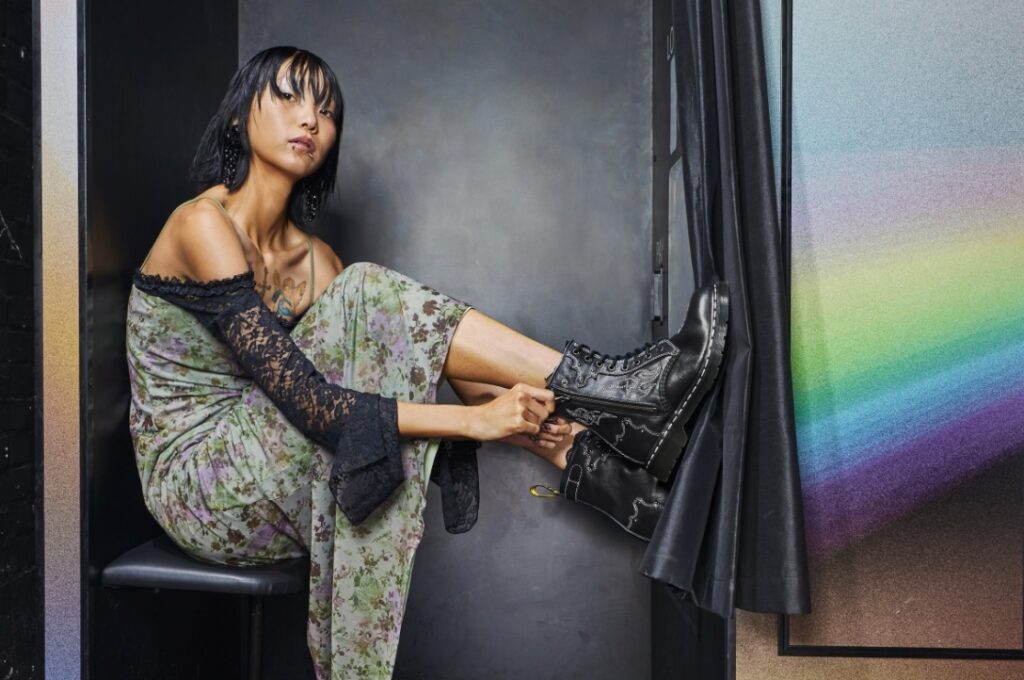 © Photo by Dr. Martens
© Photo by Dr. MartensAs mentioned, Doc Martens is one of the most popular shoe brands in the world of Visual Kei. This is no surprise given the iconic leather boot has long been a staple for the broader punk and goth communities. The good thing about Doc Martens is that they go with many different outfits and are good quality, lasting for years.
Address: 1-14-30 Jingumae, Shibuya City, Tokyo
Rin
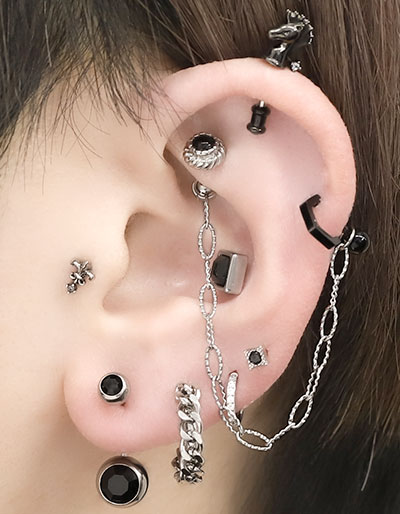 © Photo by RIN Shibuya
© Photo by RIN ShibuyaMany Visual Kei artists have quite a few piercings. For those who also have piercings, you should check out Rin. This jewelry shop specializes in jewelry for different body piercings including ear lobes, cartilage and nose. From crosses to studs, you will find a lot of jewelry with goth motifs—all at an affordable price.
Address: Shibuya 109 1F, 2-29-1, Dogenzaka, Shibuya City, Tokyo
Shop Online
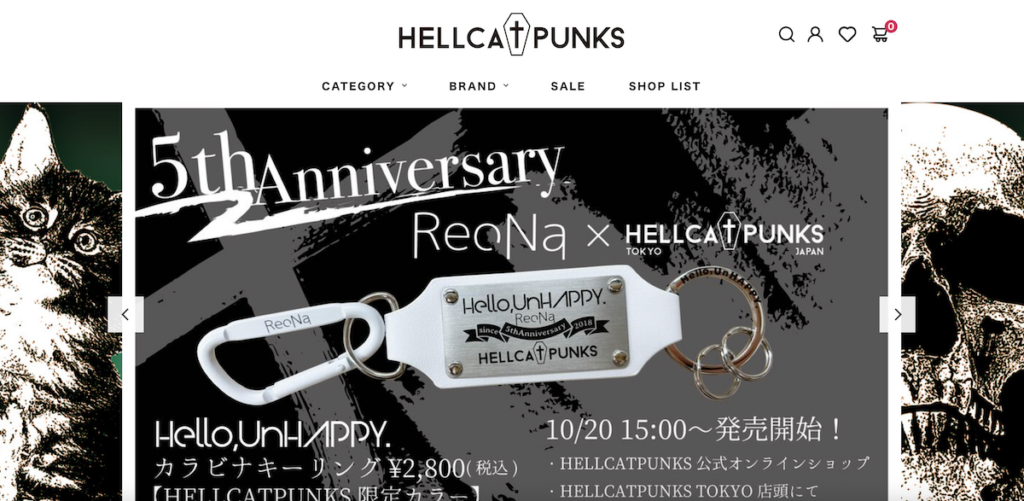 © Photo by HELLCATPUNKS
© Photo by HELLCATPUNKSFans of the style may actually have more luck shopping online. Brands like Moi-meme-Moitie, H.Naoto, Sex Pot Revenge and Hellcatpunks are considered staples in the world of Japanese goth and punk fashion. Popular Visual Kei artists even created some of these and have collaborated with notable artists in the genre.
Interested in other Tokyo fashion subcultures?
Here are others we’ve covered:
What aspects of this subculture do you like most? Let us know in the comments below!
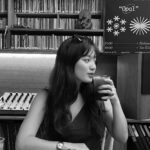











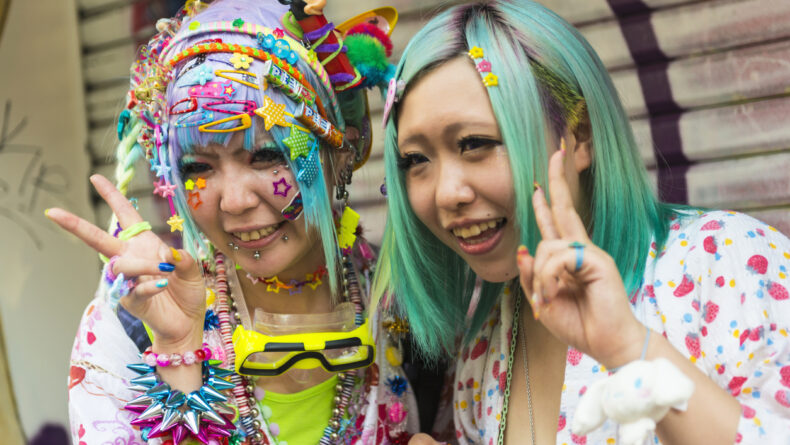
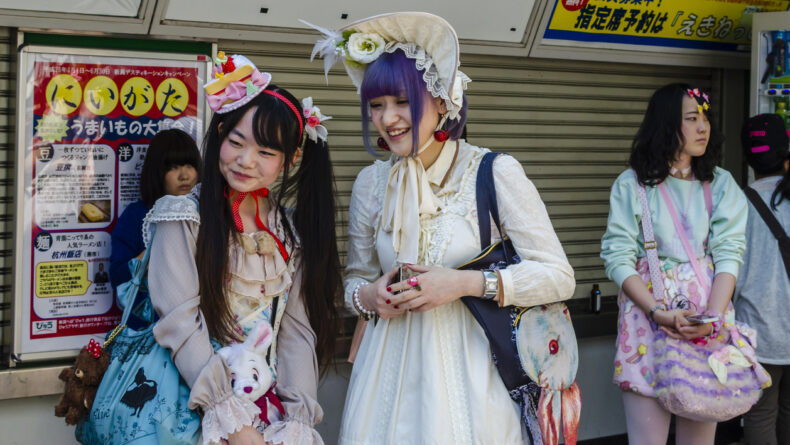
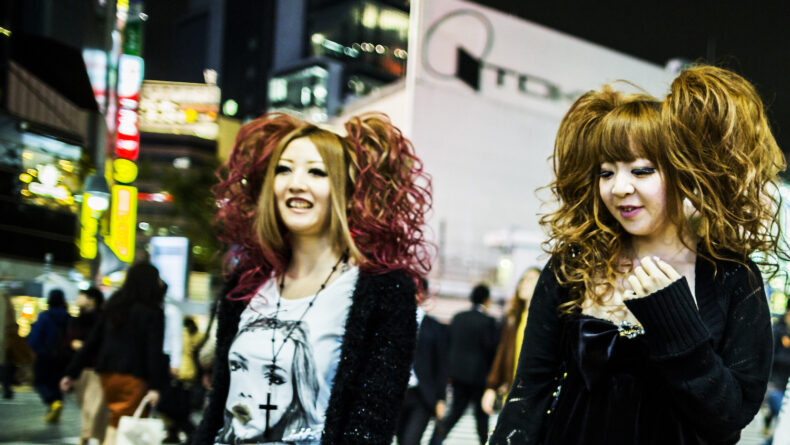

Leave a Reply